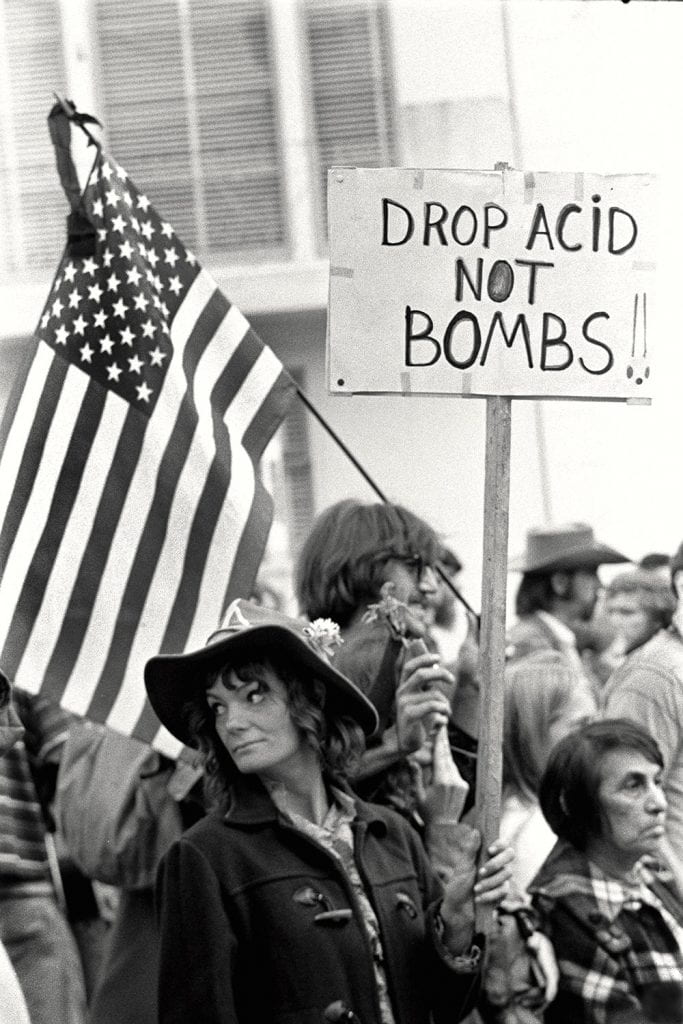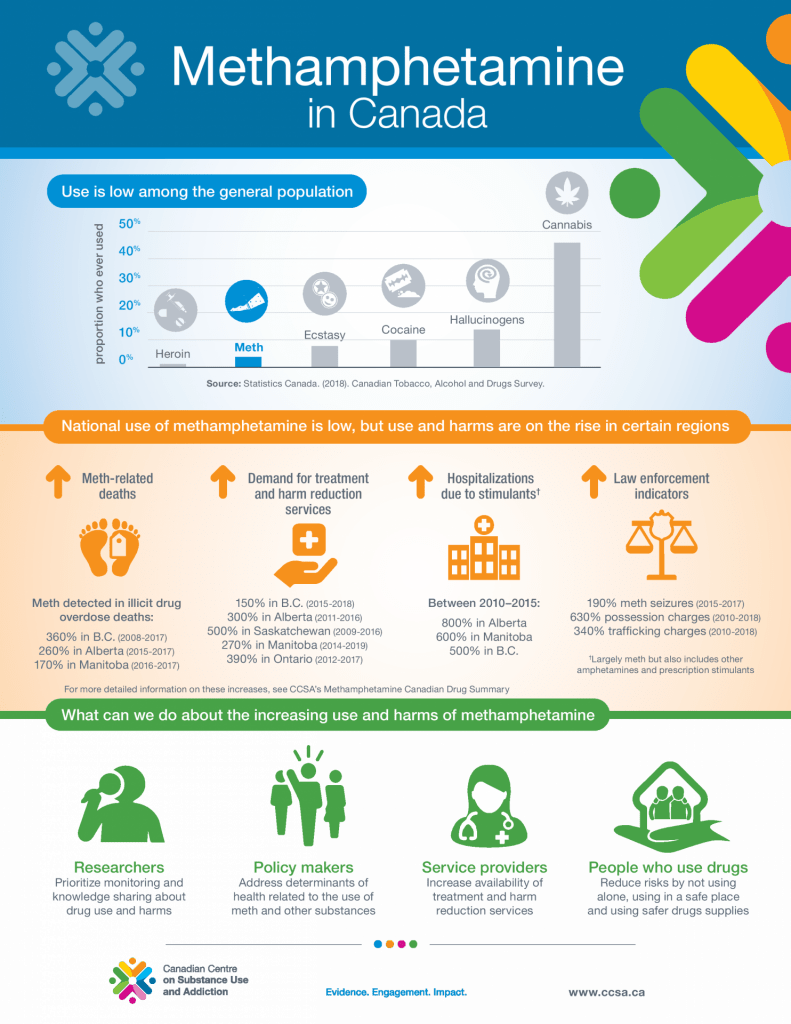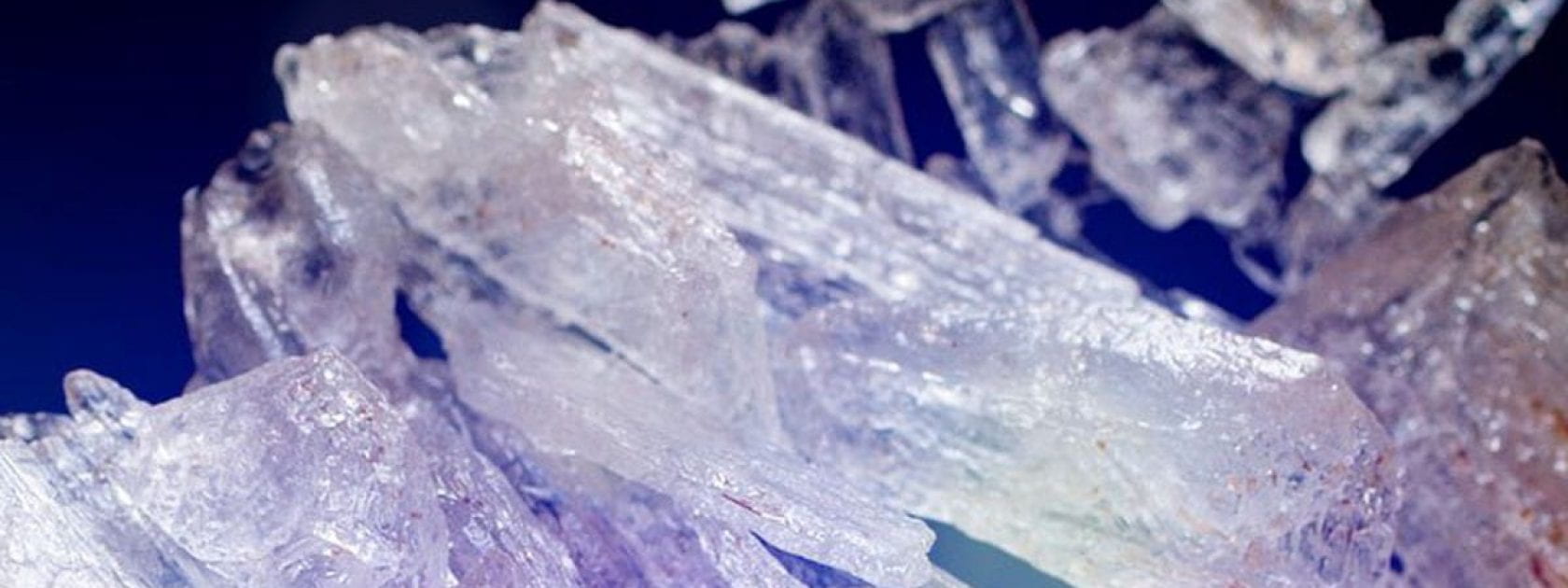- Common names for meth include: speed, crystal, ice, chalk, jib, and tina
- Oftentimes, morbidity by methamphetamine is under-reported because death can be caused by: choking on ones vomit, infection (HIV/hepatitis), sepsis, heart failure, suicide, etc.
- The 1960s was dominated by hippie culture. The live free lifestyle that many followed included experimentation with drugs, like marijuana, hallucinogens (LSD), and stimulants (meth). As the demand for meth started growing, its production was controlled by motorcycle gangs. Overtime, meth has lost its association with hippies and instead it is now associated with partying and nightlife

How Many People Use Meth?
- It is hard to estimate the number of users since many people will not admit if they’ve done it. Despite this, a Canadian study from 2012 approximated that there were over 50,000 meth users; however, this number is probably much higher now
- Meth use is most commonly seen in:
- Caucasian
- Young adults, ages 19-39
- Males

Information gathered from:
https://www.camh.ca/en/health-info/guides-and-publications/straight-talk-methamphetamines


